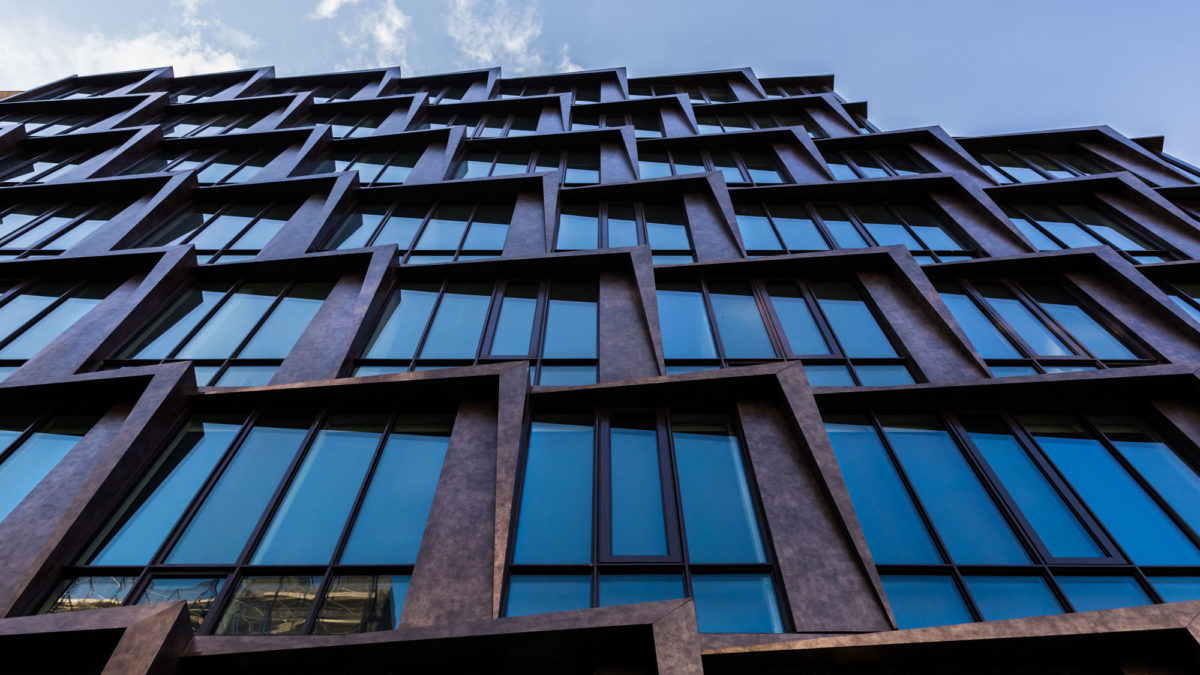Coatings specifications allow an engineer or architect to specify finishes based on performance. The specifications for coatings include any painted structure such as bridges, buildings, or even signs. Within these specifications, shortcuts exist, to enable an architect or engineer to spec a coating system based on resin chemistry.
Fluoroethylene Vinyl Ether (FEVE) Versus Polyvinylidene Fluoride (PVDF): A Exploration Of The Benefits Of FEVE Resin Technology
Categories Technical
There are a whole host of benefits to the utilization of an FEVE resin over a PVDF. These benefits include aesthetic-based benefits, application-based benefits, and sustainability benefits. FEVE (fluoroethylene vinyl ether) was developed to address the shortcomings with traditional fluoropolymer resins like PVDF, they are manufactured by copolymerization of a fluoroethylene monomer with a vinyl ether monomer.
Steel Bridge Corrosion Prompts The Need For High Performance FEVE Coatings
Although much of America’s infrastructure remains standing, many of the highways and bridges were not designed for life spans of over 40 to 50 years. Consequently, steel bridges all over the country are crumbling and/or corroding, posing a risk to users, as well as the environment.
Performance Measurements of Waterbased Coatings Based on Lumiflon FEVE Resins
Categories Technical
Testing of waterbased FEVE based coatings has been ongoing in the US for the last several years. Test systems have included waterbased 1K for light industrial, air dry touch-up paint, roof coatings, and even wood coatings as well waterbased 2K systems for DTM and industrial applications. This excerpt focuses on 2K waterbased systems.
High Performance Waterbased FEVE Coatings
Categories Technical
LUMIFLON FEVE resins are used in a wide range of applications. This is in part due to the variety of FEVE resins available. Besides the standard solvent based resins, FEVE resins are offered as solid flakes as well as water-based emulsions and dispersions. Achieving the high level of weatherability of a solvent-based resin can be difficult when it comes to water-based systems. Many water-based resins require surfactants which typically increase the hydrophilic nature of the coating resulting in lower weathering performance.


